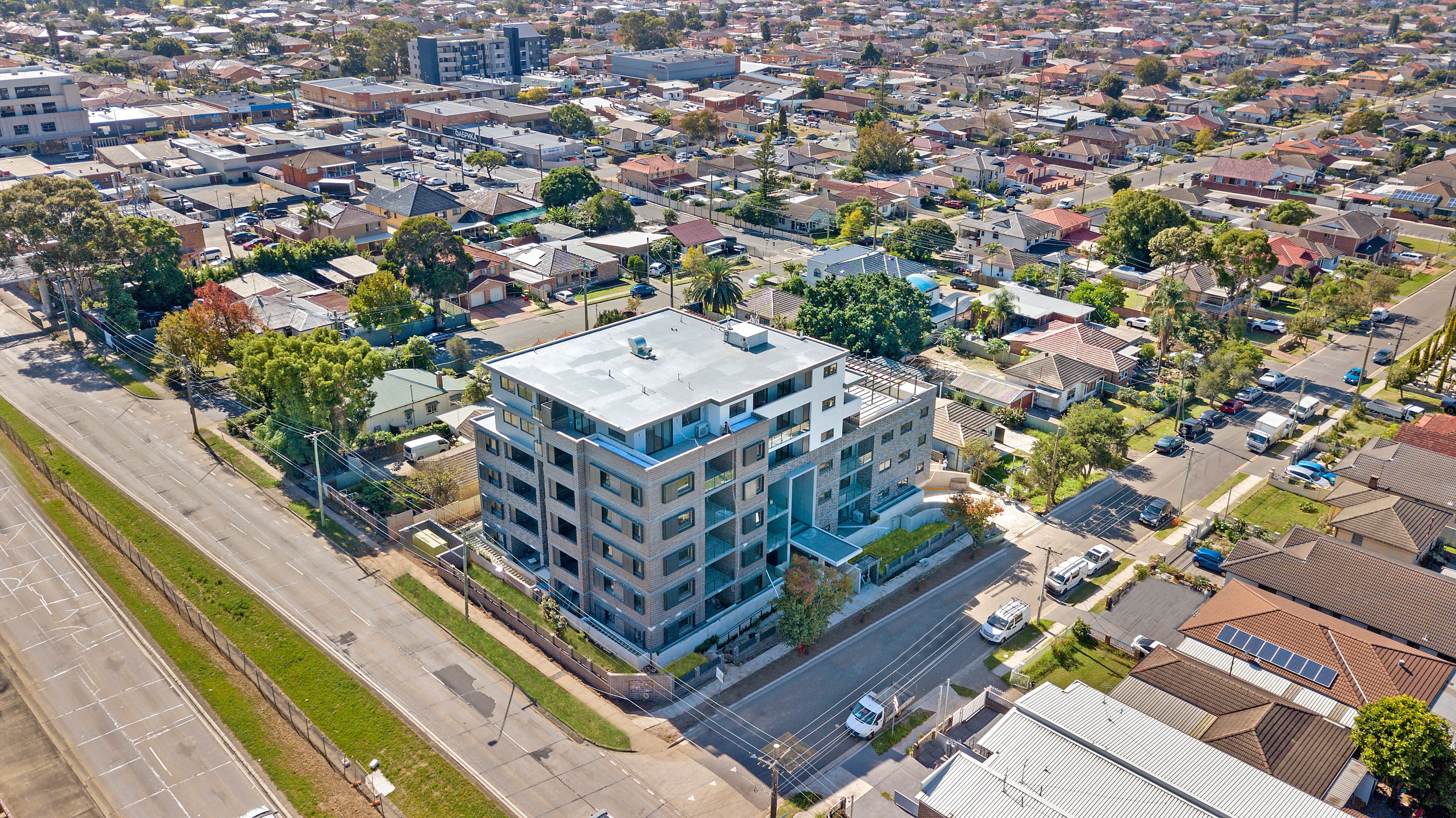16 July 2020
Media release: New report shows stable 1st COVID-19 quarter for housing but harder times ahead

Housing indicators for the first 3 months of COVID-19 reveal a relatively stable market, however a combination of challenges are set to impact Australian housing heading into the difficult second half of 2020 as indicated today in a new report by PowerHousing Australia with analysis from CoreLogic.
After 20 years, most capital cities have come back from annualised price gains of up to 25 per cent per annum down to around 2 to 5 per cent (P.13), finally closer to CPI and wage growth. Outside of Sydney and Melbourne the number of dwellings selling under $400,000 increased in capital cities in the past year (P.30), which comes off the back of record commencements (p.14) according to the 2020 Australian Affordable Housing Environmental Scan.
Nicholas Proud, CEO of PowerHousing Australia, which nationally represents 36 of Australia’s largest Tier One and scale-growth Community Housing Providers, said “Australian housing is holding up currently but there are worrying signs for housing in this country going forward which will impact the 43 trades and subtrades that pick up work on every new build of a standard 3 bedroom house, as showcased in the report.
“As the largest wave of completions on record washes through, there are forecasts for the next financial year which predict 100,000-120,000 fewer homes being built than in 2018. This will have a significant impact not just on those who are building the homes but on the manufacturers and the retailers as well.
“In the scenario where Australia’s build rate falls from 230,792 homes completed in 2018 to only 120,000 in F2021, this would see the loss of over 4.75 million trade type engagements from the shortfall of homes not being built in just one year (P.6).”
Tim Lawless head of Research at CoreLogic says, “Australia’s housing market was emerging from a broad-based downturn, but despite growth of 8.3% in the year to May, COVID-19 has placed this growth into some uncertainty (P.12).
“While there has been growth in dwelling prices in the year ending May 2020 of 8.3% nationally which was driven by 11.7% growth in Melbourne and 14.3% growth in Sydney, there were more moderate gains in other capitals (P.12). A peak-to-trough decline of 10% on average across the capital cities, with the sharpest falls in Sydney, Melbourne and Hobart (P.16).
“In the four weeks prior to Australia’s 100th confirmed case of COVID-19, auction clearance rates averaged 70.1% across the combined capital cities. This reflected a market in which housing demand was strong. Whilst there has been a bounce back to around 65% clearances there was a pause at this level at the end of May (P.14).
“Across the capital cities, over the twelve months to May 2020, Adelaide and Perth recorded the highest growth in rents, up 2.2% and 1.8% respectively, while at the other end of the spectrum, rents were down half a percent in Sydney and 1.3% lower in Darwin (P.10). The annual change overcompensates for the more recent weakness in rental market indicators.
“Over the two months ending May 2020, rents have fallen across every capital city apart from Perth, where rents (from a low starting base) continued to show a subtle rise. The renewed weakness in rental markets can be attributed to both a rise in supply including short stay coming into longer term rents and reduction in demand.
“On the supply side, anecdotal evidence has emerged of a transition of short-term rentals to permanent rentals, as well as a recent construction and investment boom that has contributed to higher stock levels. While supply has risen, demand has felt the impact of a combination of stalling overseas migration and falling foreign student numbers (P.21).
“Additionally, the unprecedented plunge in jobs through April has had a larger impact across industry sectors such as the food and accommodation services. According to data reported in the latest financial stability review from the RBA, financially constrained people working in these sectors are more likely to be renting(P.9 & 26).” Mr Lawless said.
While the first 3 months of COVID-19 has seen relative stability for the housing market to date, the wider current and future housing needs of Australians becomes increasingly uncertain in late 2020 with:
- Repayments commencing for 429,000 households who have deferred loan payments (P.4);
- 3.3 million people on JobKeeper which is set to conclude in late September (P.6);
- A massive drop in housing supply from 230,000 commencements in 2018 to between 115-135,000 home commencements expected in FY2021 (P.17);
- 180,000 home completions expected to the end of June 2020 with the wave of completions to wash through in uncertain times for those picking up the keys over the next 6 months (P.20).
- The three months through Feb-Apr 2020 saw 46,000 dwellings approved, which would annualise to around 186,000 dwelling approvals if carried forward which may not proceed to commencement (P.25).
Two of the nations’ largest builders Metricon and Simonds Homes and a range of manufacturers and retailers profiled in the report show there are a lot of jobs that depend on new house construction. The Standard House comprises 5,000 bricks, with a brickie that earns $1.50 for every brick laid. In volume 10,000 units of this home built would equate to 2,000,000 litres of decorative paint demand
with 90 per cent of paint used in Australia manufactured locally (P.31). In addition to innovative Australian manufacturing there is substantial retail activity that the standard house generates in jobs (P.34) and a massive flow through to secondary retail, hospitality and the broader economy.
“As the economy heads towards this economic trough, with housing the most visible indicator, there will be state and federal measures to reduce the severity of the downturn and community housing is ready to play a dual role to support additional demand for up to 30,000 dwellings that could be built to support 1.29 million trade engagements.
“The October Federal Budget will be a focus for hundreds of thousands of Australians that derive employment and income from the housing market. Further investment in social and affordable housing will guarantee jobs and the provision of redeveloped and new social housing will help the many that COVID-19 will impact in its next unpredictable stage” said Mr Proud.


